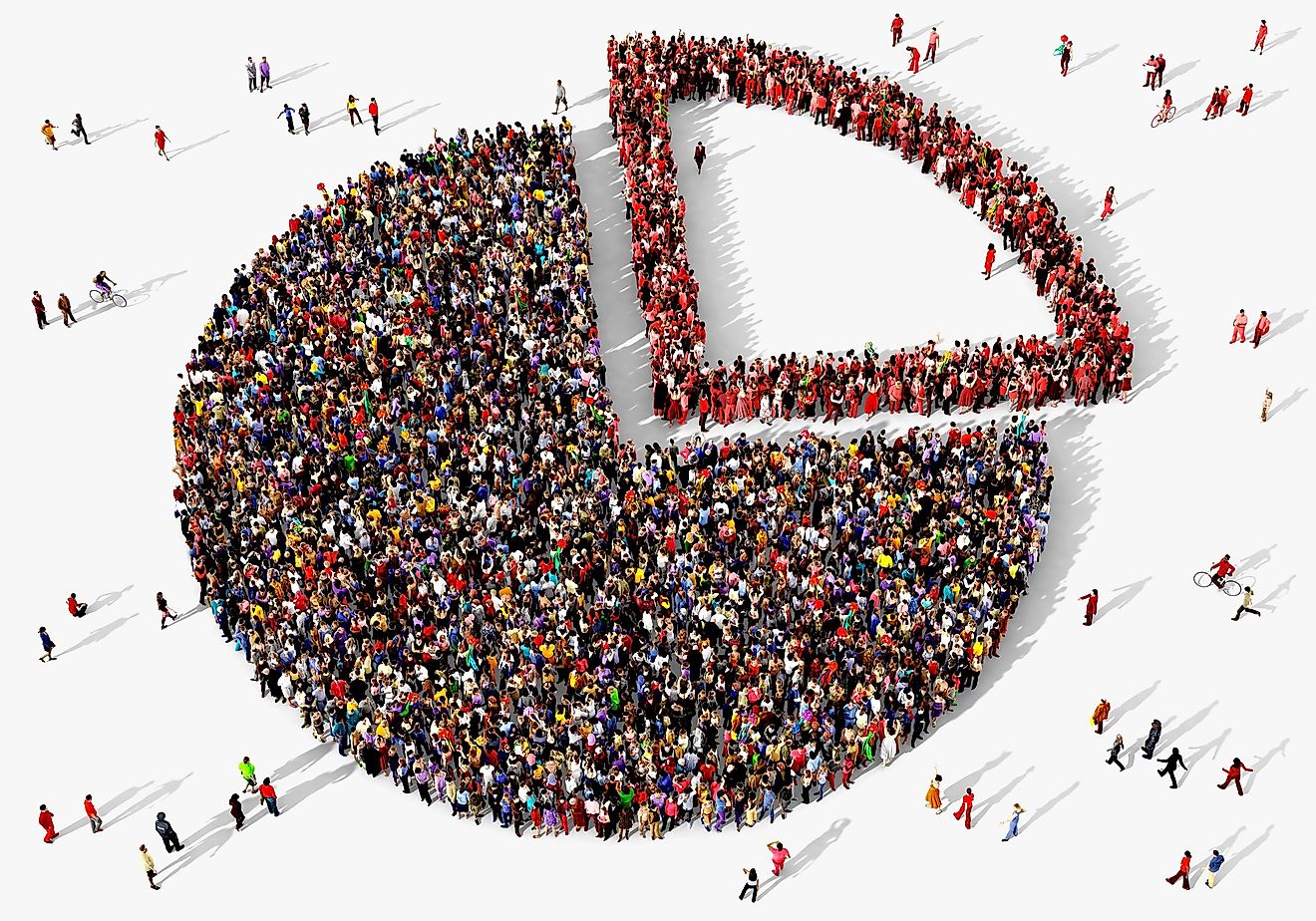What Are The Uses Of Population Statistics?

- One of the more important parts of the population statistics is the provided information on housing.
- In the 20th century, censuses were starting encompass more information than just the basics.
- The census data was not published publicly up until the middle of the 20th century, however, it is now published in many formats.
Nobody enjoys being surveyed, but when it comes to population statistics, it can be quite important. Population statistics, also called population census, are the processes of collecting, compiling, and publishing of data that pertains to a particular time to all of the people in a country or a specific part of a country.
The data collected can be demographic, economic, and social. For example, an important part of the population statistics is the information on housing. To get this information, experts collect and compile data on buildings, living quarters, as well as facilities related to them, such as bathrooms and sewage systems. The data helps us understand our society better and helps experts try to create better living conditions for everybody.
Four Features Of A Census
There are four important features of every population census.
- Firstly, every individual surveyed for the census should be numbered separately. All of the characteristics of every member of a specific household should be recorded independently.
- The second feature is that a census should cover a specific territory that should be precisely defined. It should aim to include every person that resides within the scope of the census. If it is a census that is dealing with housing issues, it should include all types of buildings.
- The next essential feature states that everything that is surveyed by a census is it a person or a building, should be listed in regard to the point in time when the census took place. Time is extremely important for these things because a lot can change during small periods of time.
- The last feature states that a census should be taken at regular intervals. This is done for us to be able to see how much has changed in our society, and how much we’ve managed to progress. The interval is usually every ten years.
The Usage And Importance Of Data
Throughout history, the usage of the data collected by a census has evolved. Early censuses only managed to obtain the most basic information. The data was mostly owned by the government, which would choose to publish it. The results of the census were most often used to measure the changes in population. In the 19th century, these numbers were then often compared to other countries. In the 20th century, censuses were starting to evolve, and were recording households and employment. Some of the data collected then were released only several decades later, but it still allowed us to see how much we have progressed since then. It is an excellent way to compare the state of society throughout the years.
In recent years, some countries, such as Canada, chose to abolish the mandatory census. Many people were bothered by the more personal questions. However, it was reinstated again after several years. The data collected in censuses is important for our governments. Since governments take responsibility for welfare and schooling, this data can help them tremendously. They can also make population projections, which helps them plan for provisions. While the data from censuses were not published publicly up until the mid 20th century, it is published in many formats now. Many people have access to it, including students, media, and teachers.











